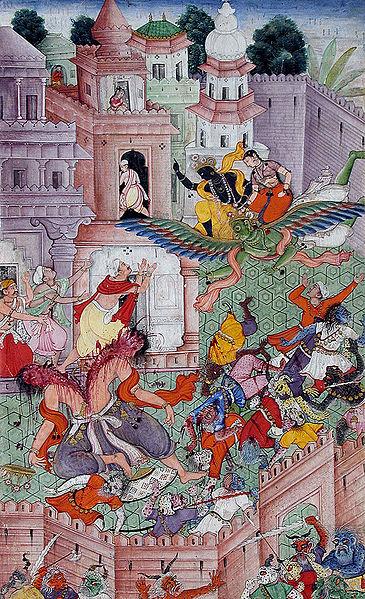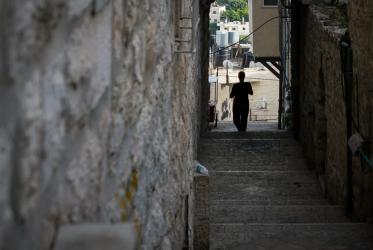When the World Council of Churches Assembly in 2013 called for a pilgrimage of justice and peace, it explicitly addressed not only Christians but invited people of good will everywhere to join. It recognized the gifts our interfaith partners have received from God and challenged them to engage them in transforming actions. That's why, alongside our tradition of offering greetings to inter-religious partners during major festivals, we have started inviting scholars and believers from different traditions to reflect on those festivals from the perspective of justice and peace. Read also last year's post about Diwali by Prof. Anantanand Rambachan and the greetings from the WCC general secretary to those celebrating the festival.
The festival of lights called Deepavali (or Diwali) in India is deeply connected with the idea of hope, aspiration and abundance in India. The term refers to “deepa” which means the lamps and “avali” which means rows or lines. The mythological stories around the origins differ from region to region but across India, the festivities are connected with lighting of lamps in a row to cast away the darkness and despair.
The lamps that indicate victory are not symbolic of any battle of the powerful over the weak, but of dharma over adharma (right over wrong). Deepavali is the celebration of victory that is promised to a person who leads a morally responsible life. It is a victory of justice, represented by the oil lamps that cast away the darkness of oppression.
Many of the stories of victory around this festival represent the freedom of oppressed people from someone who did not follow the moral life. For instance, Narakasura had trapped many women in his palace and Krishna killed him in battle, freeing all of them. This is celebrated as Chaturdasi. People should celebrate the victory remembering that ultimately in the divine plan, the just person is rewarded and oppressors are punished.
Another aspect of Deepavali is connected with the celebration of wealth and abundance in the form of Lakshmi pooja, a worship of the goddess of wealth. Many shops also open their new accounts and new businesses on this day. Though this symbol has degenerated into the idea of material wealth and extreme show of opulence, the celebration of hope and happiness on this day is connected with the dignity of abundance.
Being rich is always connected with inequality, exploitation and poverty of other people. But the rituals of bathing, wearing new clothes, and eating savouries and sweets on this day symbolises that everyone should aspire for and understand the experience of abundance. Traditionally after lighting the lamp in front of the deities, one lights a lamp near the garbage heap for the wealth goddess is also supposed to reside in the waste. Many people have forgotten this custom that indicates to us that abundance is not of the material world but it is abundance of the spirit.
Abundance of the spirit is a celebration of shared joy, happiness and forgetting the cares and worries of life for a night of exuberant lights. For people of faith, hope and the promise of light can drive away the darkness. As each house lights up its front with rows of lights, we find all the houses together light up the street. The community that shares its spiritual abundance truly celebrates Deepavali.




